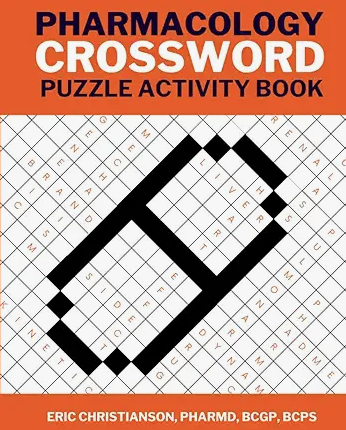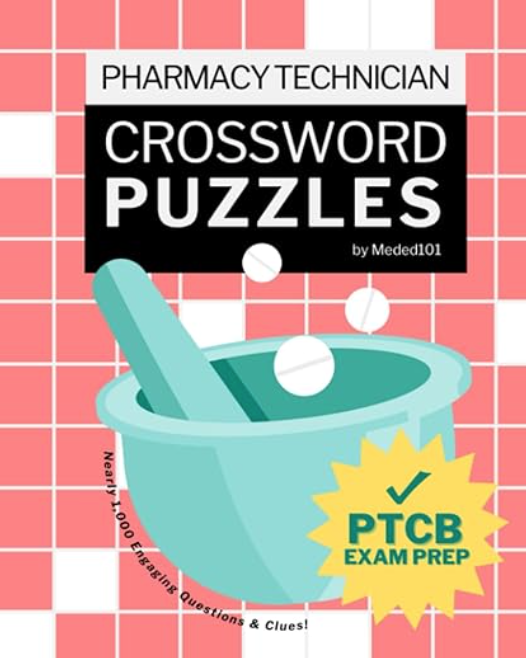In this polypharmacy case study, we review a medication list and try to identify areas to reduce medications and avoid adverse reactions. EK is a 66-year-old female with a past medical history of insomnia, diabetes, GERD, hypertension, hyperlipidemia, obesity, recurrent UTI, and osteoarthritis. Her current medication list includes the following.
- Empagliflozin 25 mg daily
- Omeprazole 20 mg daily
- Melatonin 5 mg HS
- Trazodone 25 mg HS
- Famotidine 20 mg at bedtime
- Lisinopril 20 mg daily
- Nitrofurantoin 100 mg daily
- Atorvastatin 80 mg daily
- Acetaminophen 500 mg Q 6 hours PRN
- Meloxicam 15 mg daily
- Glipizide 5 mg daily
When tackling a polypharmacy case study, the easy thing to identify first is using multiple medications for one condition. This is sometimes necessary and appropriate, but it is a great place to start.
The treatment of GERD in this situation necessitates the use of two medications. She is currently taking famotidine and omeprazole. I would inquire about the frequency and severity of symptoms and the past history and hopefully, we could get rid of one of these agents. I would likely start with the famotidine unless the patient had a lot of issues at night. One consideration that sometimes gets overlooked in patients who have struggled to come off acid-suppressing therapy is attempting to take the medication every other day rather than just going to nothing immediately.
The next disease state I would look at is insomnia. Clearly, this patient is taking two medications for this condition. Identifying which medication came first and how effective each one has been would help guide my decision as to which one to reduce or discontinue.
The last disease state I will mention in this polypharmacy case study is diabetes. The patient is taking glipizide as well as empagliflozin. Sulfonylureas aren’t preferred due to hypoglycemia and weight gain so if I had my choice, it would be nice to find a way to get off that medication. In addition, I do have concerns with the empagliflozin as well. Recall that this medication can increase the likelihood of genitourinary infections. I discussed this previously in my top 5 examples of the prescribing cascade in diabetes care and this is great to remember for your board exams as well! With the obesity history, a GLP-1 agonist would be a strong consideration in place of one or both of these agents.
What other concerns do you have with the medication list?
- 30 medication mistakes PDF
- 18+ Page Drug Interaction PDF
- 10 Commandments of Polypharmacy Webinar based on my experiences in clinical practice









Hi! Thank you for this case study. I’m a little confused about the famotidine vs Omeprazole scenario. Were you saying that you’d try to get rid of Famotidine first unless the patient has symptoms at night? Can you talk a little more about that please? I work as in inpatient pharmacist and Med Rec it’s the never ending issue here- no one is assigned to do it anymore and sometimes patients are in dire need of a pharmacist to only do med rec.
Thanks for the comment! What I was trying to get at was if the famotidine provided a lot of bedtime relief and/or the patient’s symptoms were mainly at night, then I might considering trying to taper the omeprazole first. I’d like to dig into the patient’s history if possible and see when each was started as well and how much relief the patient received from each agent if they recall that information. Hopefully that helps clarify!
Yes! That makes sense. Thank you so much!
I would inquire about the Meloxicam use and whether it helped with the osteoarthritis. It could be aggravating the GERD. I haven’t personally heard of too many folks that get significant relief from that med. Depending on where the pain is possibly could use Diclofenac gel.
Great points!